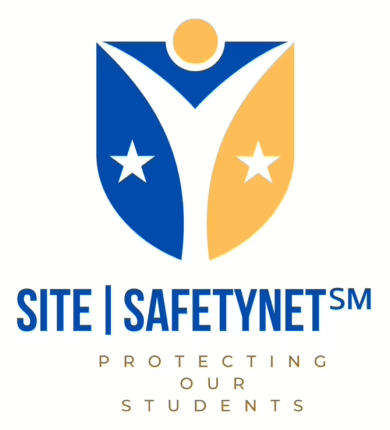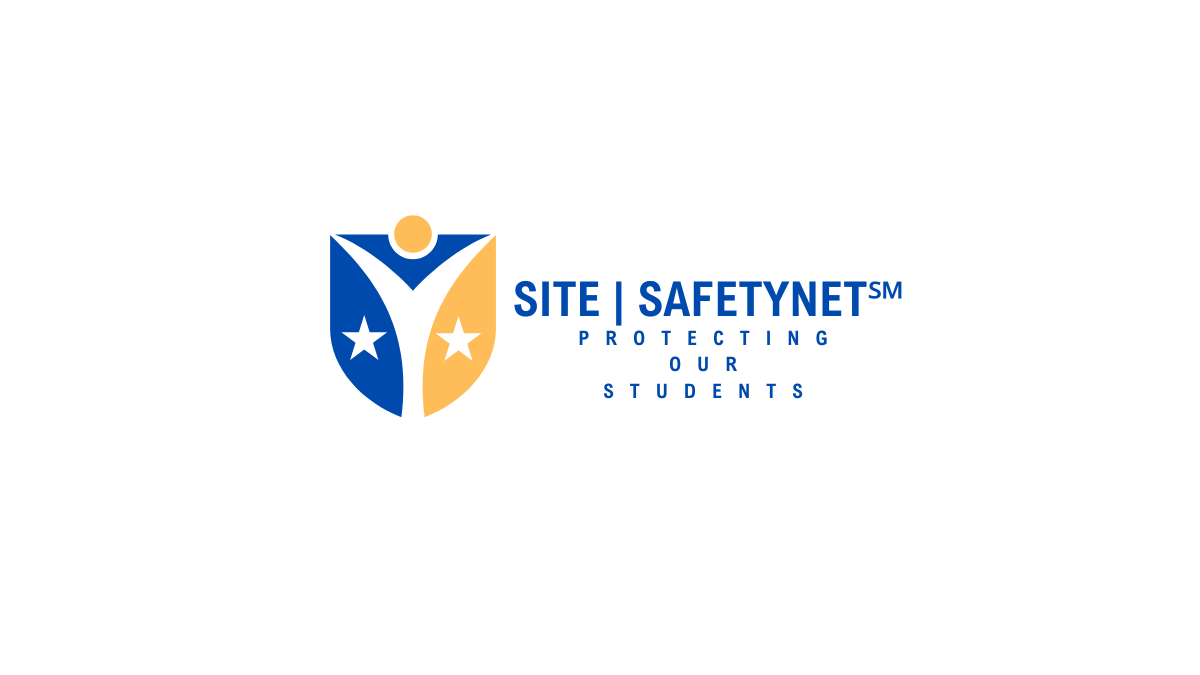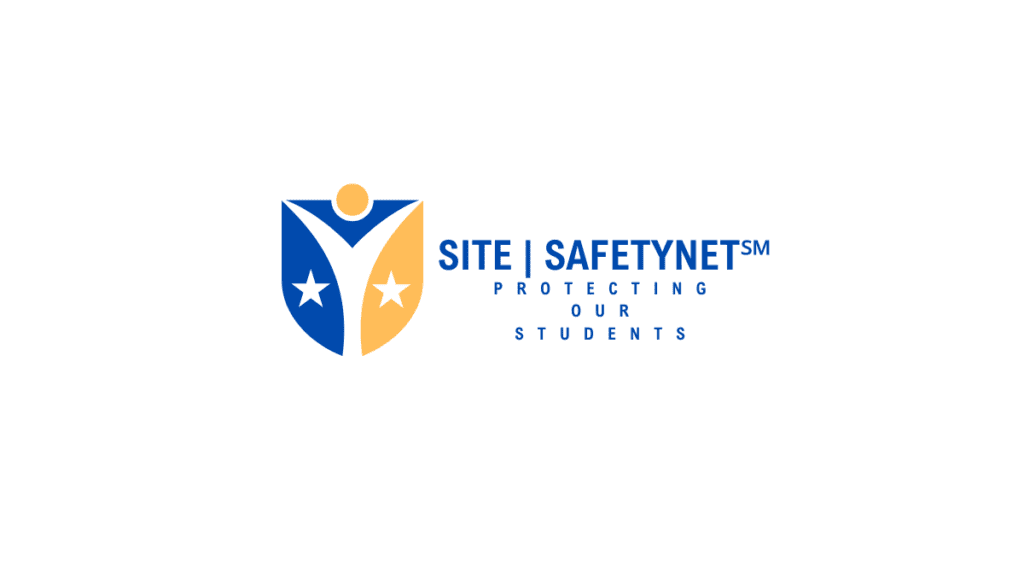 -Protecting Our Students
-Protecting Our Students
-School Threat Assessments: Navigating Common Pitfalls with SITE|SAFETYNET℠. As a K-12 administrator, you know that determining whether a student poses a threat is daunting yet crucial. At SITE|SAFETYNET℠, we understand the challenges and pressures of conducting practical threat assessments in schools. This process often begins and ends with critical questions, revealing the complexities and high stakes involved in making such determinations.
Threat assessments can be uncomfortable and are fraught with potential consequences. Deciding if a child is a threat might lead to disciplinary actions, safety planning, and law enforcement coordination. Conversely, a decision in the negative could return staff to their regular duties, albeit with potential risks unaddressed. At SITE|SAFETYNET℠, reducing this decision to a simple yes/no toggle risks significant liability and fails to manage ongoing threats effectively.
Three Common Mistakes in School Threat Assessments and How to Avoid Them
Mistake #1: Inconsistent Application of Assessment Processes
A robust threat assessment process must be fair, equitable, and uniformly applied to all students. Discrepancies in assessing behaviors can lead to unfair, potentially harmful outcomes. At SITE|SAFETYNET℠, we advocate for using a single, multidisciplinary team for all assessments where feasible. This approach ensures consistency and helps build an institutional knowledge base that enhances the quality of evaluations over time.
For larger districts, a tiered assessment strategy might be necessary. Here, initial assessments are handled by school-level teams, with more complex cases escalated to a district-level team. This method requires meticulous management to ensure consistency, especially in training and the transfer of information between teams.
Mistake #2: Poor Documentation of Process Changes
Documentation is as crucial in threat assessments as in any formal procedure. Changes to the assessment process, driven by lessons learned or evolving best practices, must be meticulously recorded. This historical record becomes invaluable during audits or legal proceedings, which may occur years after an incident. At SITE|SAFETYNET℠, we help schools establish and maintain an accurate change log for their assessment processes, ensuring clarity and accountability in the long term.
Mistake #3: Creating Unfeasible Safety Plans
After identifying a potential threat, the immediate response often involves crafting a safety plan. However, the effectiveness of such plans hinges on their feasibility. Overly ambitious plans that cannot be realistically implemented are ineffective and potentially dangerous. We work with schools to develop practical, actionable safety plans that fit their specific capabilities and constraints. Regular reassessment schedules are integrated to adjust the plans as circumstances change, or the student’s behavior improves.
Building a Proactive Safety Culture with SITE|SAFETYNET℠
Effective threat assessment is an ongoing process, not a one-time event. “Who knew what and when?” is a question that should be preemptively addressed through continuous monitoring and reassessment. Our platform supports schools in maintaining this vigilance with tools that enhance the immediacy and quality of threat assessments.
By partnering with SITE|SAFETYNET℠, schools can access advanced tools and expert guidance that streamline the threat assessment process. Our solutions ensure that assessments are thorough, fair, and integrated smoothly into the school’s daily operations.
In conclusion, as we navigate the complexities of school threat assessments, we aim to create safe, supportive educational environments where potential risks are managed proactively and effectively. With SITE|SAFETYNET℠, schools are equipped to meet this challenge, ensuring that their responses are not just timely but also just and appropriate for every student involved.
Optimizing School Safety: Integrating Interactive Floor Plans with Strategic Partnerships

 -Protecting Our Students
-Protecting Our Students